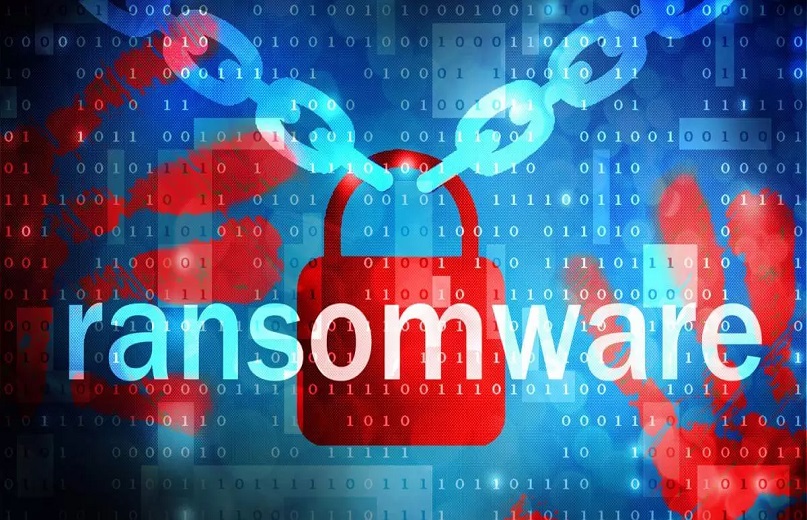In today’s interconnected world, ransomware attacks have become one of the most prevalent and damaging cyber threats faced by individuals, businesses, and even government organizations. These attacks involve malicious software (ransomware) that encrypts victims’ data, rendering it inaccessible until a ransom is paid to the attackers. As ransomware incidents rise, so does the need for thorough and effective ransomware investigations.
This article delves into the intricacies of ransomware investigations, shedding light on the process, key steps, and why itâs crucial for mitigating future attacks.

What is Ransomware?
Ransomware is a type of malware that blocks users from accessing their own data by encrypting files and demanding payment, often in cryptocurrency, in exchange for the decryption key. These attacks target critical systems, causing significant operational disruption and financial loss.
Some notable examples of ransomware include WannaCry, Petya, and CryptoLocker. Over the years, cybercriminals have become increasingly sophisticated in their tactics, making ransomware one of the most challenging cyber threats to tackle.
Key Steps in a Ransomware Investigation
Investigating a ransomware attack requires a systematic and structured approach to identify the source of the attack, assess the extent of the damage, and implement preventive measures. Below are the key steps involved in a ransomware investigation:
1. Incident Response Activation
When an organization identifies a ransomware attack, the first step is to activate its incident response plan. This includes notifying the internal security team and any relevant external security vendors. Early containment measures, such as disconnecting infected devices from the network, can prevent the ransomware from spreading further.
2. Forensic Data Collection
Once the immediate threat is contained, investigators begin collecting forensic data. This involves gathering logs, files, network traffic data, and any other evidence from compromised systems. This data will help trace the origin of the attack and analyze how the malware infiltrated the network.
3. Identifying the Ransomware Strain
Ransomware comes in various forms, and each strain has its own characteristics. By analyzing the malware’s behavior and encryption patterns, investigators can identify the specific strain of ransomware used in the attack. This step is crucial for determining whether decryption tools are available for the specific ransomware variant.
4. Analyzing Attack Vectors
Understanding how the ransomware entered the system is critical for preventing future attacks. Investigators will look for common attack vectors such as phishing emails, unpatched software vulnerabilities, or weak passwords. Pinpointing the entry point helps assess the organization’s overall security posture.
5. Assessing the Damage
The next step involves evaluating the extent of the damage. Investigators will determine which systems and files have been compromised, how far the ransomware spread, and whether any data was exfiltrated. This assessment will guide the organization’s recovery strategy and help prioritize the restoration of critical systems.
6. Determining Payment Decisions
One of the most challenging aspects of a ransomware investigation is deciding whether to pay the ransom. While paying the ransom might seem like the quickest way to regain access to encrypted files, it is generally discouraged. Payment does not guarantee that the attackers will provide the decryption key, and it often encourages further criminal activity. Investigators work with legal and cybersecurity teams to explore alternatives, such as restoring data from backups.
7. Restoring Data and Systems
Once the ransomware has been eradicated, investigators work with IT teams to restore systems and data from secure backups. In some cases, decryption tools might be available for certain strains of ransomware, which can help in recovering encrypted data without paying the ransom.
8. Post-Incident Analysis
After the incident is resolved, investigators conduct a thorough post-incident analysis to understand what went wrong and how to prevent future attacks. This involves reviewing security gaps, strengthening defenses, and updating incident response plans.
Tools and Techniques for Ransomware Investigation
Ransomware investigations often rely on a combination of advanced tools and techniques, including:
- Endpoint Detection and Response (EDR) tools: These tools help monitor, detect, and respond to suspicious activity across network endpoints.
- SIEM (Security Information and Event Management) systems: SIEM platforms aggregate and analyze security data, helping investigators identify patterns that may indicate a ransomware attack.
- Malware Sandboxing: A sandbox is an isolated environment where the ransomware is executed to observe its behavior without risking further infection.
- Cryptanalysis: Cryptanalysis is used to study the encryption methods used by the ransomware and to determine whether it can be cracked without paying the ransom.
Legal and Regulatory Considerations
Ransomware investigations often involve complex legal and regulatory issues, particularly when sensitive data is compromised. Many countries have strict data protection laws, such as the General Data Protection Regulation (GDPR) in Europe, which require organizations to notify authorities and affected individuals if personal data has been breached.
Additionally, paying ransom to certain groups can violate anti-terrorism and anti-money laundering laws, making it essential to involve legal counsel in the investigation process.
Cybersecurity Solutions for Ransomware Prevention
The best way to address ransomware is to prevent it from happening in the first place. Cybersecurity companies offer various solutions to help organizations safeguard against ransomware, including:
- Regular Security Audits: Conducting frequent security assessments helps organizations identify vulnerabilities and close security gaps.
- Endpoint Protection: Comprehensive endpoint protection solutions prevent ransomware from infiltrating devices and networks.
- Email Security Solutions: Phishing attacks are a common entry point for ransomware, and email security solutions can block these malicious attempts.
- Data Backup Strategies: Having regular and secure backups ensures that businesses can recover quickly from ransomware attacks without paying a ransom.
- Patch Management: Keeping software up to date with the latest security patches helps mitigate vulnerabilities that ransomware may exploit.
Conclusion
Ransomware investigations are complex, requiring a multi-disciplinary approach involving forensic analysis, legal considerations, and strategic decision-making. By understanding the steps involved in a ransomware investigation and employing the right security measures, organizations can not only recover from an attack but also prevent future incidents. Ransomware is an evolving threat, and having a robust response plan and trusted cybersecurity solutions is key to staying protected in todayâs digital landscape.



